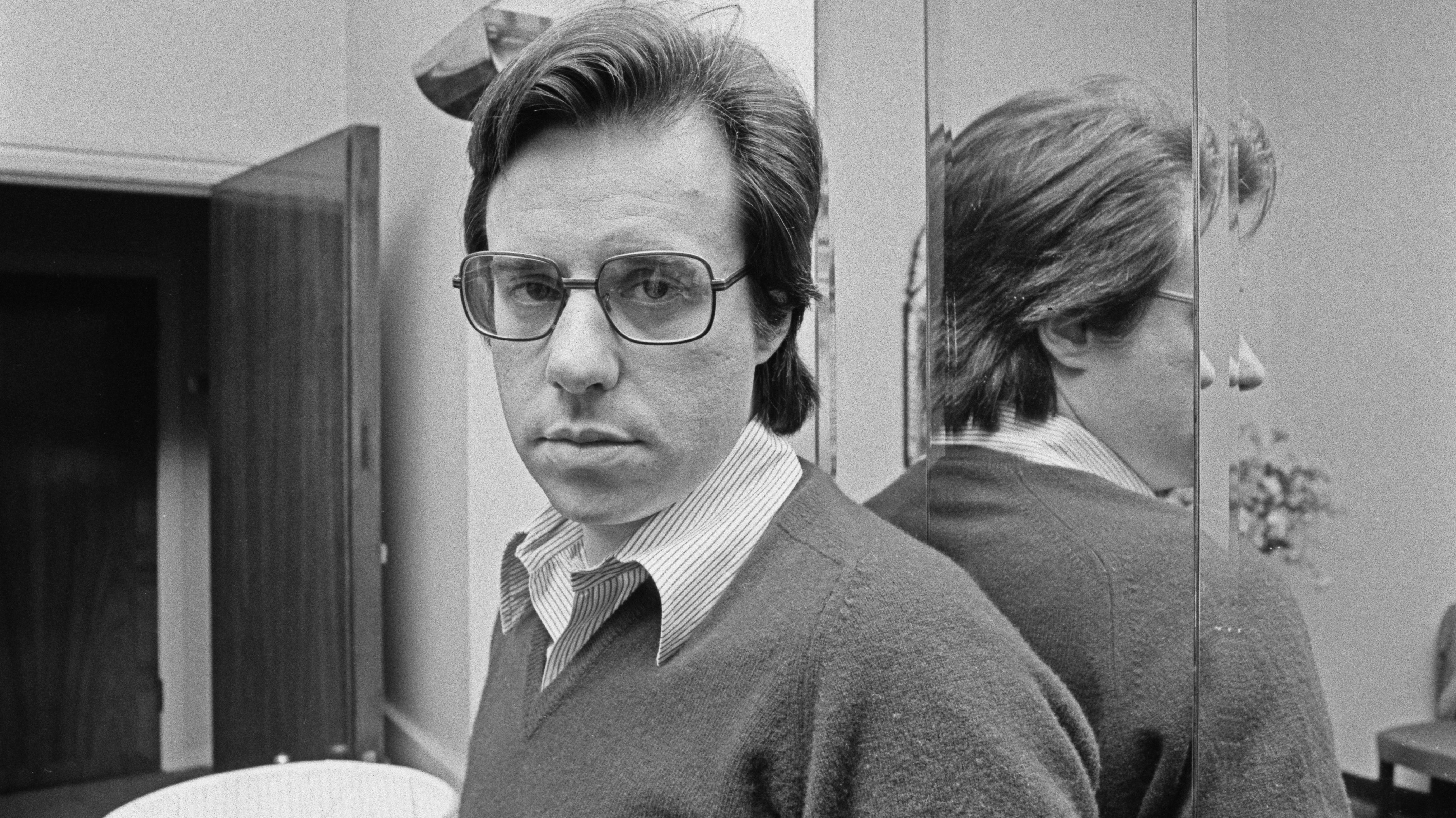R.I.P. Peter Bogdanovich
The Oscar-nominated director of The Last Picture Show, What’s Up, Doc?, and Paper Moon was 82

Peter Bogdanovich, the Oscar-nominated director of The Last Picture Show, What’s Up, Doc?, and Paper Moon, has died. The filmmaker’s daughter Antonia Bogdanovich confirmed her father’s death to The Hollywood Reporter Thursday. He was 82.
An icon of “New Hollywood” of the 1960s and 1970s, Bogdanovich first made a name for himself as a film programmer at the Museum Of Modern Art in New York, where he penned monographs about and screened the features of cinematic heroes like Orson Welles, Howard Hawks, and John Ford.
At the encouragement of director Frank Tashlin, and inspired by the example of the film-lovers-turned-filmmakers of the French New Wave, Bogdanovich and his then-wife and collaborator Polly Platt moved to Los Angeles in 1964, where they not only staked out careers in the film industry but became acquainted with the directors whose work they’d celebrated back in New York.
Following a stint in the stable of B-movie impresario Roger Corman, Bogdanovich turned to making his own movies, beginning with 1968’s Corman-produced Targets and its 1971 follow-up, an adaptation of an autobiographical novel by Larry McMurtry. Shot, at the suggestion of Welles, in black-and-white, The Last Picture Show tells the coming-of-age story of two friends in a north Texas town (Timothy Bottoms and Jeff Bridges) at the dawn of the 1950s—their loss of innocence, and that of the culture around them, symbolized by the closure of local movie house.
The film earned Oscars for supporting turns from Cloris Leachman and Ben Johnson, made big-screen stars of showbiz scion Bridges and model Cybill Shepherd, and moved Bogdanovich to the forefront of a band of young directors whose morally complicated, formally experimental, and auteur-driven pictures re-energized a flagging American film industry.
After The Last Picture Show, Bogdanovich ran Barbra Streisand and Ryan O’Neal through the spectacular stunts and motormouthed dialogue of the Hawksian screwball comedy What’s Up, Doc?, and returned to black-and-white (and leading man O’Neal) for another Oscar darling, the Depression-era con-artist caper Paper Moon.
Paper Moon would make O’Neal’s daughter and co-star, Tatum, the youngest winner in the history of the Academy Awards, but Bogdanovich’s professional fortunes cooled throughout the remainder of the ’70s. The Directors Company, which he formed with Francis Ford Coppola and William Friedkin, went bust after three releases—though two of them were The Conversation and Paper Moon, so not too shabby.
A much-publicized affair with Shepherd led to the end of Bogdanovich’s marriage to Platt and the flops Daisy Miller and At Long Last Love. His reunion with the O’Neals, Nickelodeon, didn’t fare much better. Though the following decade began with tragedy for Bogdanovich—his girlfriend and They All Laughed star Dorothy Stratten was murdered by her estranged husband in 1980—by 1985, the Rocky Dennis biopic Mask restored some of Bogdanovich’s box-office and critical luster.
In later years, Bogdanovich continued working behind—and, increasingly, in front of the camera—adapting the backstage/onstage farce Noises Off…, giving The Last Picture Show a sequel with 1990’s Texasville, and putting in several memorable appearances on The Sopranos as Dr. Elliot Kupferberg, the colleague and therapist forever urging Dr. Jennifer Melfi (Lorraine Bracco) to give her mob boss client the heave ho.
All the while, Bogdanovich remained a tireless preservationist and advocate of the movies, recording commentaries for the Criterion Collection, publishing the interview compendiums Who The Devil Made It and Who The Hell’s In It, and playing a major role in the completion of Welles’ final film, The Other Side Of The Wind.
His exacting standards and unabashed cinephila would be reflected in a subsequent generation of independent filmmakers who, like Bogdanovich, would get the opportunity to bond and work with the director who inspired them: Playing a DJ for Quentin Tarantino in Kill Bill, for example, and making an appearance in Noah Baumbach’s While We’re Young.